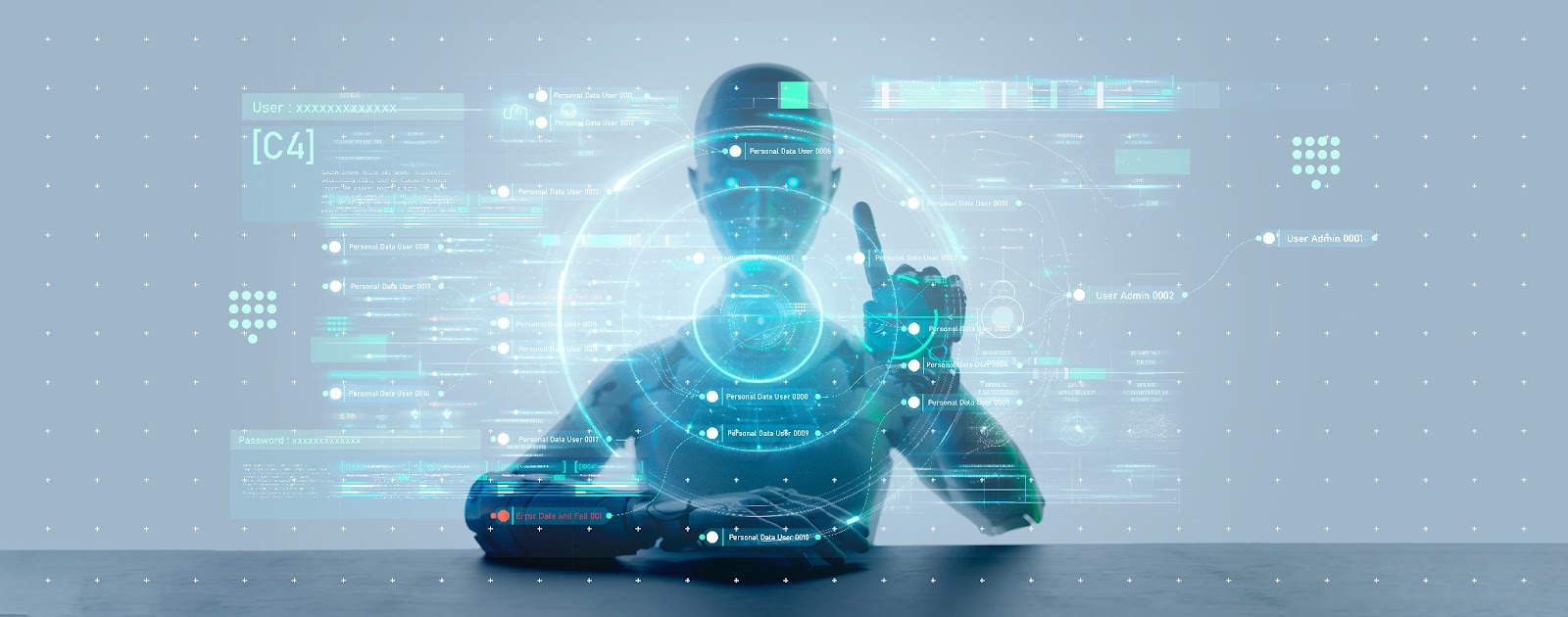AI has been in existence for a considerable period preceding the emergence of generative AI (GenAI). This technology has empowered organizations to address more intricate scenarios, with its current applications significantly enhancing processes while also expanding human knowledge and capabilities. Essentially, it boosts efficiency through increased process automation. In the realm of procurement, traditional AI has been leveraged for various purposes, such as automating sourcing events for non-strategic, lower-risk events, suggesting award scenarios and supplier choices, optimizing sourcing scenarios, managing supplier information and discovery, automating pipeline processes, and facilitating contract management through NLP-based extraction of key commercial data and suggesting alternative approved clause/language, as well as determining the appropriate procurement method in P2P.
However, recent advancements in GenAI have pushed the boundaries further, introducing new and enhanced possibilities. GenAI has transitioned traditional AI use cases into more specialized and specific applications, each accompanied by its unique challenges, risks, and considerations.
Danny Sack, the Director of Product Marketing at SAP, highlights the significance of AI in reducing friction points within processes. For instance, in SAP® Ariba® Sourcing, AI-driven tools enable the automation of the RFx process, aiding in supplier selection and question formulation, thereby saving time for all involved.
While the line between traditional AI and GenAI in procurement may seem blurred, it is crucial to view GenAI as an integral part of the broader AI landscape, albeit with distinct techniques and tools. The evolution involves blending mundane AI with generative AI to enhance established processes with advanced AI capabilities. Collaboration with customers is key in this evolution, as customer needs drive the integration of advanced AI features to navigate the dynamic business landscape effectively.
Furthermore, the synergy between traditional AI and GenAI is evident in their complementary roles within procurement software. For instance, in contract management, the combination of large language models (LLMs) with GenAI can effectively interpret legal obligations and commitments. The contextual understanding provided by AI enhances decision-making processes and augments human capabilities.
Looking ahead, AI’s impact on Source-to-Pay (S2P) modules will continue to evolve, offering solutions that extend beyond rule automation to predictive analytics and autonomous agents. These advancements underscore the necessity of integrating both traditional AI and GenAI tools to optimize the S2P process effectively.
In conclusion, as GenAI gains prominence in business applications, it is essential to recognize the value of both traditional AI and GenAI tools in shaping the efficiency and impact of procurement processes. Initiating the journey towards AI adoption, even through small-scale tests, is crucial for organizations to leverage AI effectively in the future, with guidance from solution providers to navigate this transformative path successfully.






